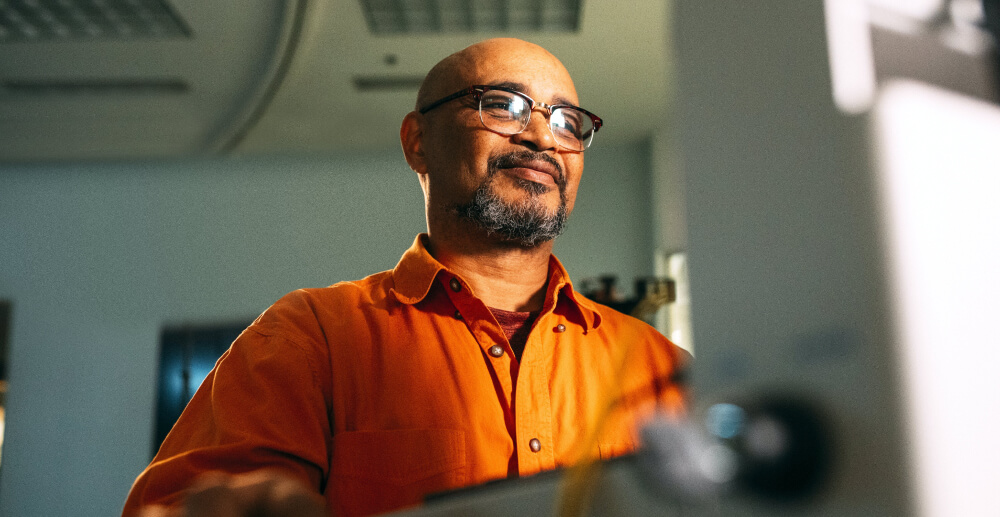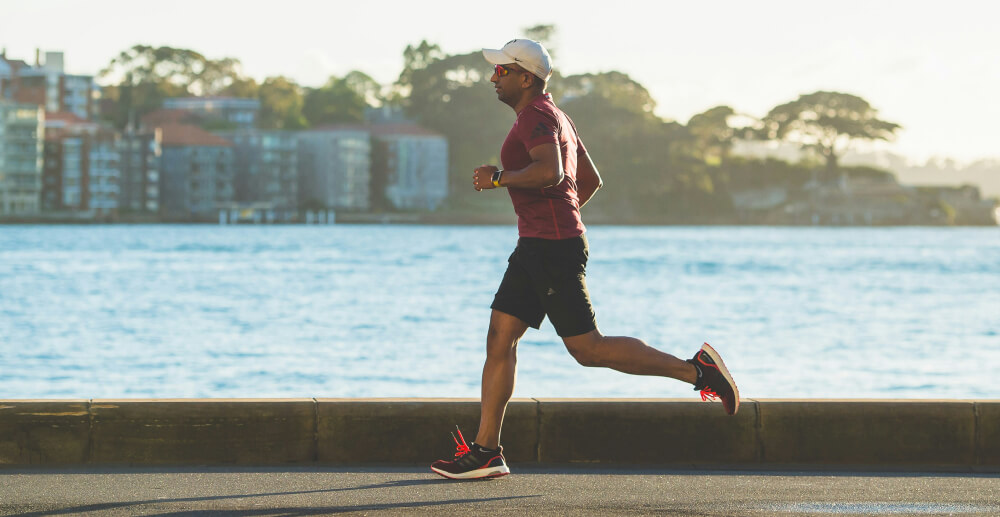Sobriety sampling is a way to describe folks who are exploring sobriety. Also referred to as sober curiosity, the idea behind sobriety sampling originates from the Community Reinforcement Approach—a behavioral therapy approach to treat substance use disorder. Whether you’re in formal therapy or are simply sober curious, this blog might help. We’ll discuss sobriety sampling in more detail and provide five tips for trying sobriety sampling in your life.
What is the Community Reinforcement Approach?
The Community Reinforcement Approach (CRA) is a behavioral intervention for individuals with alcohol and substance use disorders. Founded by psychologist Nathan Azrin in the 1970s, CRA was developed as a supportive plan for individuals taking medication-assisted treatment (Antabuse). By 1995, the first CRA manual was produced for clinicians working in substance use disorder treatment.
CRA has been adapted for various populations, including adolescents and family members of individuals resistant to seeking treatment. The main theory behind CRA is operant conditioning, that is, behavior is shaped by consequences. CRA seeks to find healthier coping strategies by providing or withholding certain rewards or consequences for improving substance use behaviors.
How is sobriety sampling different from being sober curious?
In CRA, individuals work collaboratively with a clinician toward improving their substance-related behaviors. On the other hand, the term ‘sober curious’ describes people interested in a sober lifestyle who may take a more informal approach and may not seek behavioral health support.
Sobriety sampling and sober curiosity are different approaches in pursuit of the same goals:
- Identifying alcohol and substance-related behaviors to change
- Trying a period of sobriety
- Assessing the impact of sobriety on their life
- Determining whether to continue another period of sobriety or implementing modified substance-related behaviors.
How does sobriety sampling work?
CRA involves working with a behavioral health therapist to:
- Assess substance use and its purpose (called a functional analysis)
- Identify triggers for substance use (behavior chain)
- Name short-term rewards and longer-term consequences of their substance use
- Find treatment targets
- Identify healthier coping strategies
- Involve a close family member or partner in the treatment process
- Learn practical skills to meet treatment goals, such as assertive communication, problem-solving, substance refusal, and work-related skills
- Recreational counseling for sober social events.
When working with teens, CRA involves parents in the sessions to better understand the impact of substance use and to collaborate with the treatment process. There is also a CRA for family members of individuals reluctant to engage in treatment. This approach focuses on enhancing their emotional well-being, strengthening coping skills, and teaching supportive communication strategies.
How successful is sobriety sampling?
According to the Recovery Research Institute (RRI), CRA has strong scientific evidence supporting its short-term effectiveness, insofar as the impact of substance-related behaviors, psychoeducation about addiction, and encouragement to try sobriety. However, it has not been compared against other empirically supported substance use disorder treatments.
5 tips for trying sobriety sampling
Whether you’re interested in taking a formal approach to sobriety sampling through CRA, or want ideas to try out a sober lifestyle, we’ve listed five tips to try on sobriety.
- Evaluate the role of substances in your life: Set aside some time to journal about the role of substances in your life. You can do this as a pros and cons list or as a positive/negative analysis. Consider:
- how they add to your experiences
- the consequences on day-to-day functioning (like work, school, and relationships)
- how much money you spend on drinking or taking drugs.
- Identify stressors: What are the main triggers that precede your use of substances? A long day at work? Or perhaps a social conflict? Is it peer pressure? Or do you simply need alternative social events?
- Coping strategies: Once you’ve identified your triggers, you’ll have a better idea of areas to strengthen your coping mechanisms. For instance, if you enjoy a bottle of wine after work to destress. What are some other ways you can achieve a better result? After all, alcohol does impact the quality of your sleep and ability to achieve rest. These might be a phone date with a friend, going to the gym after work, taking a long soak in the bath, doing a yoga class at home, or getting an early night with your favorite book.
- Decide on the period of sobriety: You can try a 30, 60, or 90-day period of sobriety. There are challenges that make this easier, like Sober October, Dry January, and more. The great thing about those challenges is that they keep your motivation up by providing tools, tips, and inspiration to achieve your sobriety goals. Whatever you decide, the best way to achieve your goal is to involve friends and family, find alternative ways to cope, and increase your sober activities.
- Create a sober social life: List all the things you can do that don’t involve substances. A few are:
- going to the cinema with friends
- having a dinner party
- taking a hike
- floating on a river
- attending sober social events
- finding local events at recovery community organizations
- trying a new hobby like art classes
- visiting museums and art galleries
- having a mani/pedi
- park dates
- trying a new restaurant
- and much more!
Last, once you’ve completed your planned period of sobriety, it’s worth looking back on the benefits you got out of the challenge. For instance, how did sobriety impact your sleep, finances, and social life? Did it improve your mental health? In what ways? Whatever you learned, remember that it’s all information to help you to improve your well-being and mental health. Don’t beat yourself up if you didn’t complete the challenge; that might tell you to seek some additional behavioral health support.









